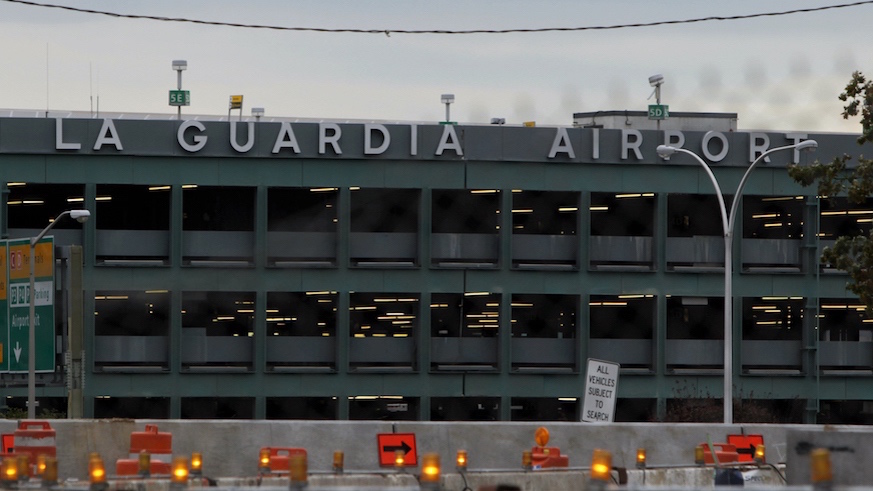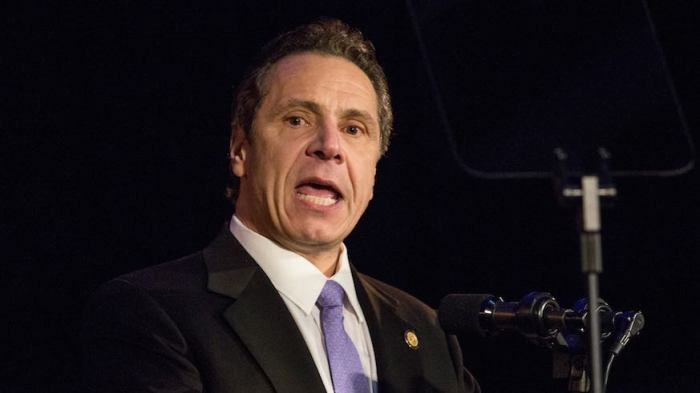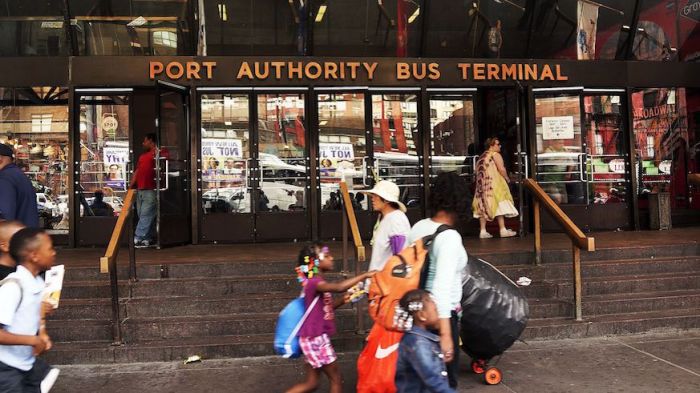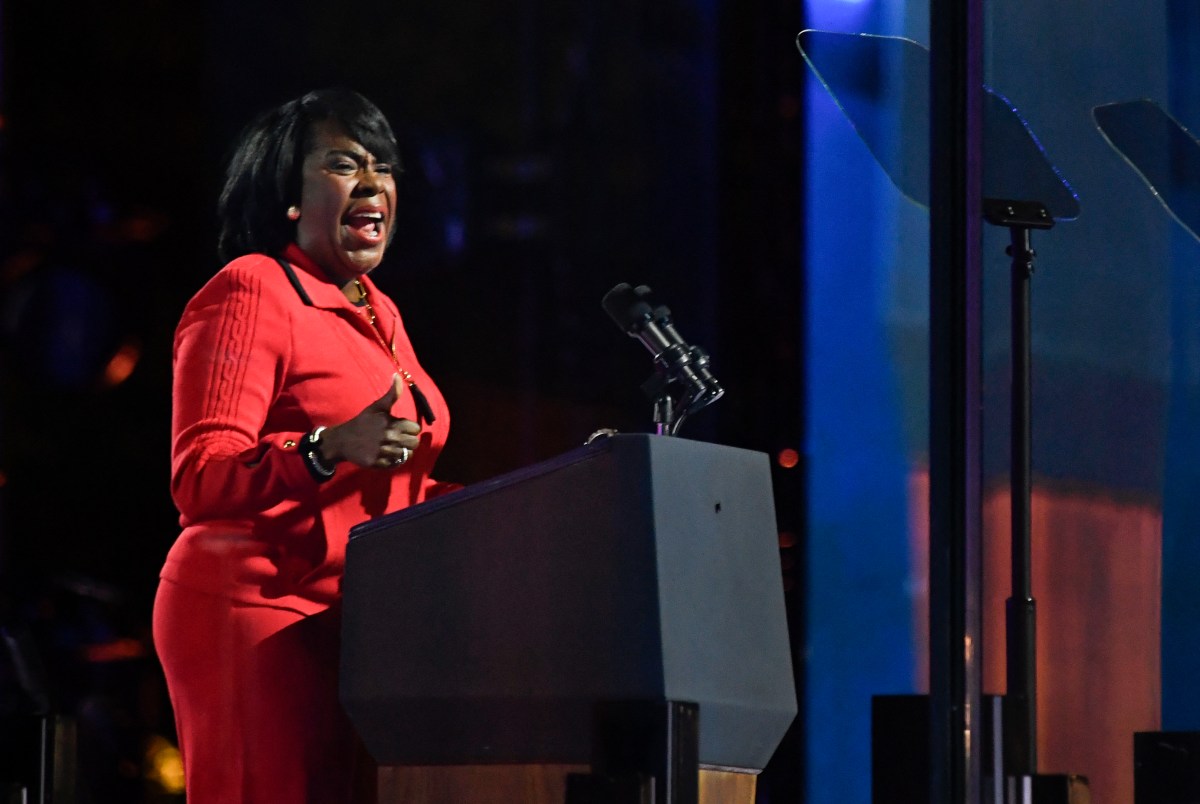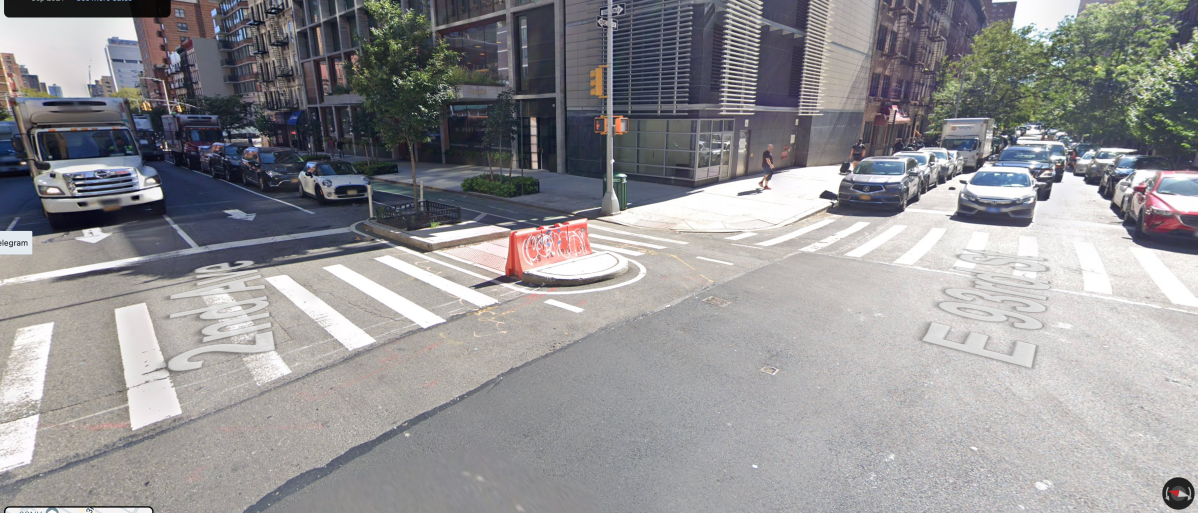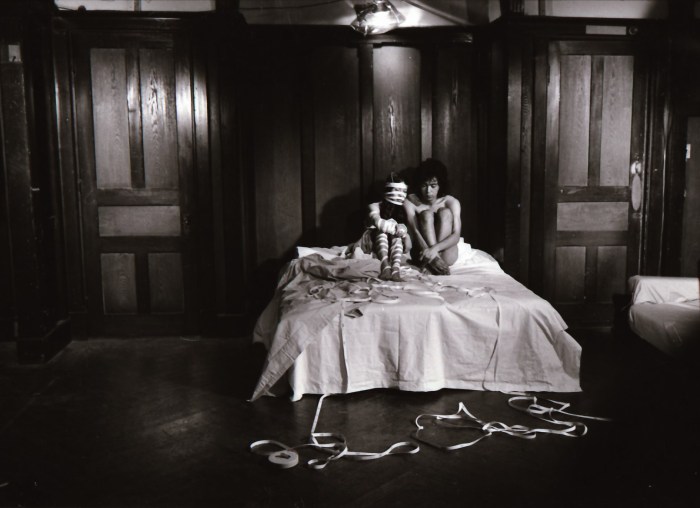Gov. Andrew Cuomo continues to be overly optimistic concerning building a train-to-the-plane for LaGuardia Airport. New York state only awarded a $14.6 million contract to Parsons Brinckenhoff for design and engineering several months ago. This action is just the first chapter of what will be a very long journey. Success for this project is dependent upon the Port Authority of New York and New Jersey and MTA working well together. Sixteen years after 9/11, the Cortland Street World Trade Center No. 1 IRT subway station is still several years away from being back in service. If there are no new delays, perhaps the station will reopen by December 2018. The Port Authority and MTA fought for years over budget, funding sources, scope and schedule. Construction for the MTA portion of the project just started in 2015.
The estimated cost of $450 million for construction of the LaGuardia Air Train is just a concept based upon a planning feasibility study. Over two years have passed since Cuomo announced this project, with little progress to date. There are no environmental documents or any preliminary design and engineering efforts necessary to validate any actual construction costs.
The anticipated final potential cost for the LaGuardia Air Train could end up several hundred million dollars above Cuomo’s estimated figure of $450 million. Costs will be further refined by the awarding of construction contracts followed by changes to the base contracts during construction.
Cuomo’s belief that this will provide a “one-seat ride” for those traveling to and from LaGuardia Airport isn’t born of the facts. There will be significant conflicts when the LaGuardia Air Train is built and open for service with connections to both the Mets Willets Point subway and LIRR stations. Why would any LaGuardia Airport-bound travelers with luggage attempt to squeeze into the already packed morning and afternoon rush-hour subway and LIRR trains? Cuomo apparently never considered how this issue will be resolved when contemplating this project. Cuomo in 2014 promised that the LaGuardia Air Train would be up and running within five years, by 2019. Now he has said this will occur by 2021.
There is no room to run additional trains in or out of Penn Station during either a.m. or p.m. rush hours via the East River tunnels, with connections via the Port Washington LIRR branch to any LaGuardia Air Train. This conflicts with Cuomo’s promise to have the MTA LIRR introduce a new frequent service between Penn Station and the Mets Willets Point LIRR Station. There has been no mention of a similar service from Grand Central Terminal once the LIRR East Side Access is achieved in December 2023 or later. Three of four East River tunnels running inbound during a.m. and outbound during p.m. rush hours have very tight spacing between trains. One tunnel is shared by the LIRR, New Jersey Transit and Amtrak for reverse train movements, with equally tight spacing during rush hours. There is no platform capacity at Penn Station to accommodate any additional trains during rush hour. Penn Station is currently operating at 100 percent capacity during both a.m. and p.m. rush hours. If one of the four tunnels is temporarily out of service, the result will be numerous delays and cancellation of trains.
With three tracks merging into two tracks between the 33rd Street and Queensboro Plaza stations, there is no space to run any additional 7-line rush-hour trains to serve the LaGuardia Air Train. It could easily cost $5 to $10 billion to construct a third track plus a new East River tunnel west of Queensboro Plaza. This is necessary to extend express service into Manhattan. The concept is clearly not feasible either technically or financially. The existing Corona subway yard is already operating at capacity. This facility is adjacent to wetlands and has little opportunity for expansion. Additional trains to provide service for the new Hudson Yards Station have to be stored on lay-up tracks south of the station. Completion of Communication Based Train Control, followed by implementation, may only result in increasing the number of trains per hour from 30 to 32 in each direction during rush hour. After that, the MTA no longer has any other opportunity for increasing rush-hour capacity.
A true one-seat ride could be accomplished by simply extending the N and W subway lines from their current terminus at Astoria/Ditmars Blvd to LaGuardia Airport. This previously died due to local community opposition.
To build a train-to-the-plane from the Mets Willets Point subway and LIRR station to LaGuardia Airport within five years for $450 million as promised by Cuomo is a planners’ dream. In reality, it will be a nightmare for both taxpayers and riders. You can count on cost overruns in the hundreds of millions and multiyear delays in construction before reaching beneficial use.
Larry Penner is a transportation historian and advocate who previously worked 31 years for the U.S. Department of Transportation Federal Transit Administration Region 2 NY Office.

